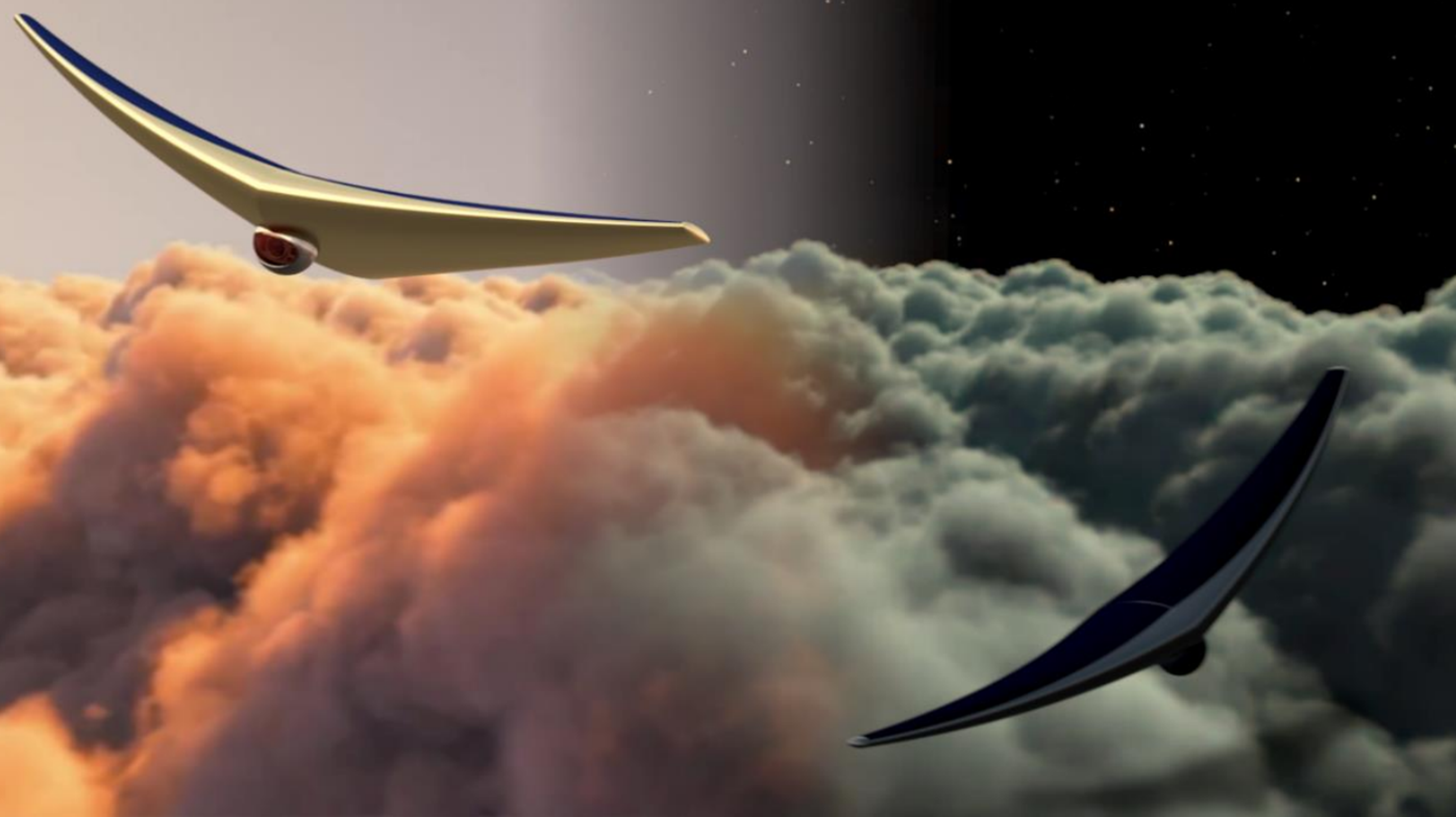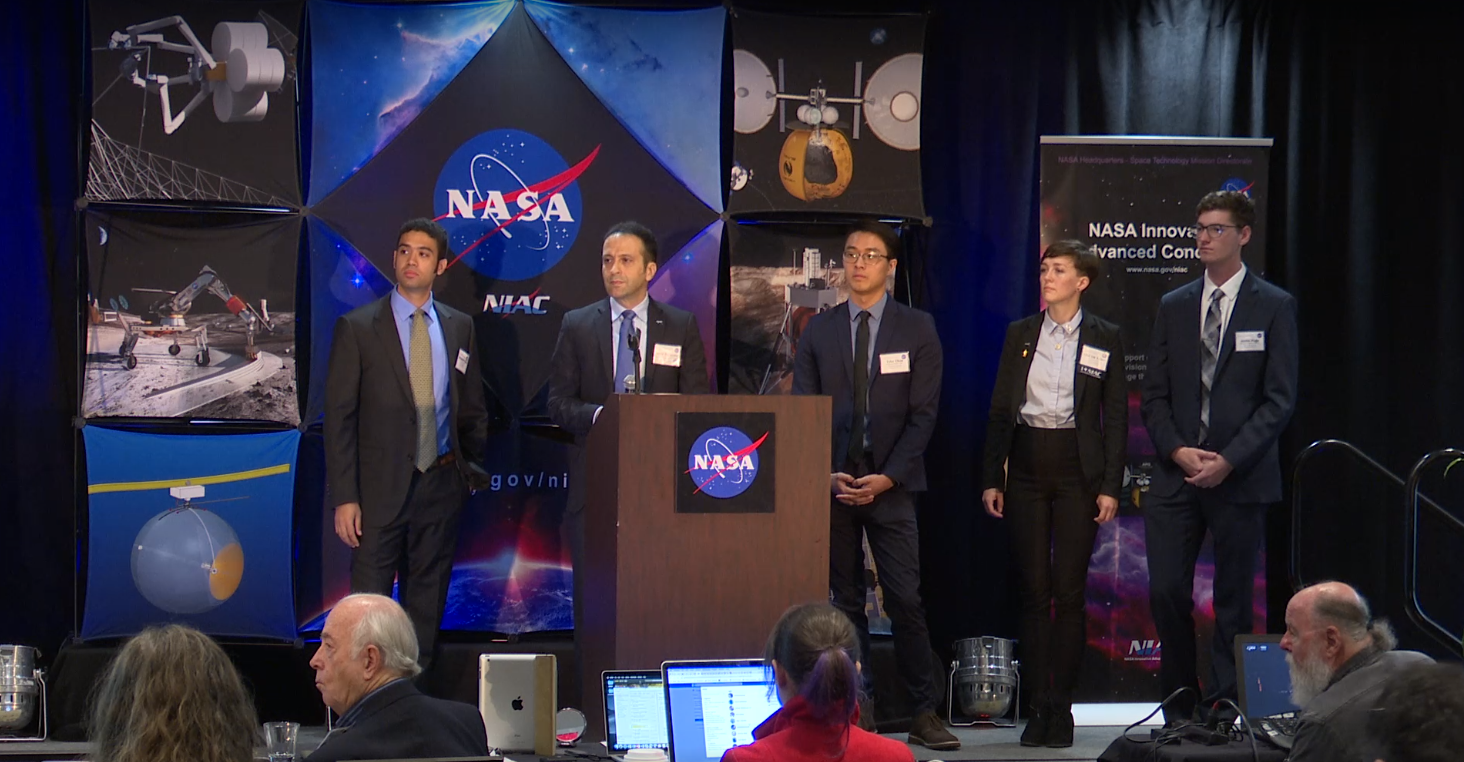
Bio-inspired Ray for Extreme Environments and Zonal Exploration
(BREEZE)
Program
- The Bio-inspired Ray for Extreme Environments and Zonal Exploration (BREEZE) is an innovative inflatable structure designed with bio-inspired propulsion and buoyancy control to navigate and study Venus. Known for its extreme conditions, Venus presents significant challenges, including crushing atmospheric pressure, searing temperatures exceeding 450°C, and clouds of corrosive sulfuric acid. BREEZE is engineered to overcome these harsh environments, enabling advanced exploration of the planet’s dense atmosphere and surface.
Experience from 2019-2020
- Led the preliminary structural analyses to validate the integrity of the inflatable and morphing flier using HyperWorks FEA.
- Developed and studied mesh refinements to create an ideal FEM of the structure.
- Designed and FDM 3D printed wing ribs to simulate the inflation actuation as a fundamental proof of concept.
- Investigated multiple composite material studies in LS-DYNA to determine the optimal composite layered material to represent the flexible flier.
Achievements
- Presented Phase I at the NASA Innovative Advanced Concepts (NIAC) Symposium in Huntsville, AL on September 24, 2019.
- Achieved the NASA Goddard Space Flight Center Academic Fellowship 2019.
- Program selected for continuation in 2022 for NIAC Phase II.
- Contributed as one of the lead undergraduate researchers to the NIAC Phase I Final Report.
- Related news article.

Photos sourced from NASA Innovative Advanced Concepts (NIAC) Phase I
Conference 2019 and the University at Buffalo, CRASHLAB
